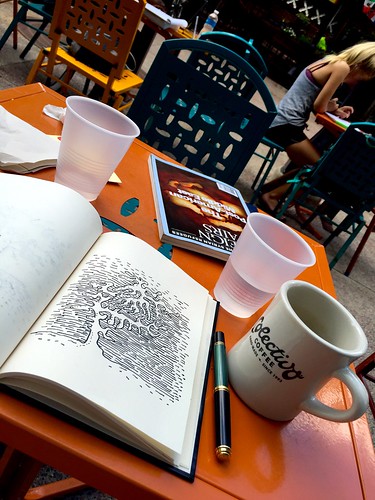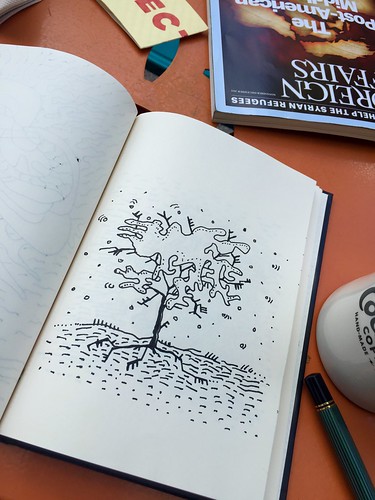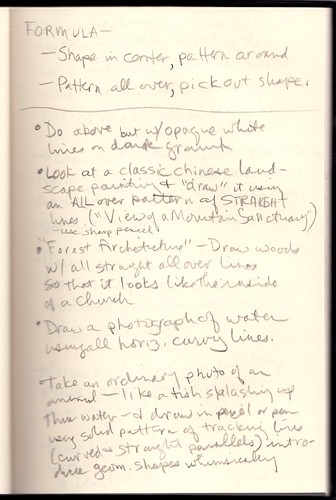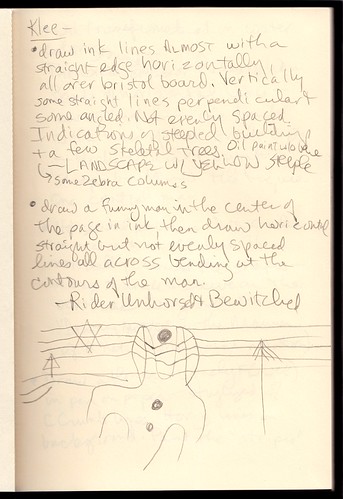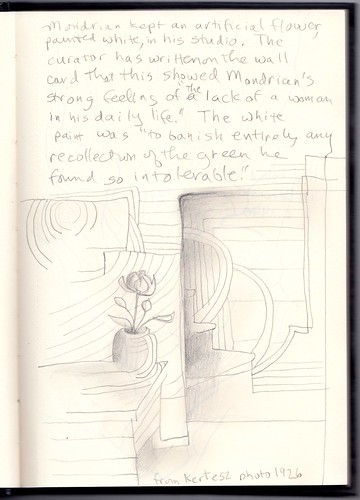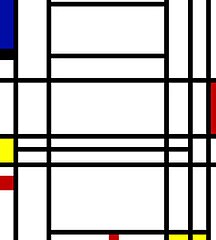A screen shot of
the front page right now:

Key word: "Flip-flop."
Seemingly ready-made joke that contains a pop-culture reference you might need to be over 40 to get: "…HIS MCMASTER’S VOICE."
Whether you get the reference or not, you might be interested to know that Wikipedia has a page for
"His Master's Voice":
His Master's Voice, abbreviated HMV, is a famous trademark in the music and recording industry and was the unofficial name of a major British record label [parent of RCA]. The name was coined in the 1890s as the title of a painting of a dog....

[T]he dog, a terrier named Nipper, had originally belonged to Barraud's brother, Mark. When Mark Barraud died, Francis inherited Nipper, with a cylinder phonograph and recordings of Mark's voice. Francis noted the peculiar interest that the dog took in the recorded voice of his late master emanating from the horn, and conceived the idea of committing the scene to canvas....
In 1968, RCA introduced a modern logo and restricted the use of Nipper to the album covers of Red Seal Records. The Nipper trademark was reinstated to most RCA record labels in the Western Hemisphere beginning in late 1976 and was once again widely used in RCA advertising throughout the late 1970s and 1980s....
"
His Master's Voice" is also the title of a sci-fi book by Stanisław Lem:
It is a densely philosophical first contact story about an effort by scientists to decode, translate and understand an extraterrestrial transmission.... [T]he scientists are able to use part of the data to synthesize a substance with unusual properties. Two variations are created: a glutinous liquid nicknamed "Frog Eggs" and a more solid version that looks like a slab of red meat called "Lord of the Flies" (named for its strange agitating effect on insects brought into proximity with it, rather than for the allegorical meaning of the name).... "Frog eggs" seems to enable a teleportation of an atomic blast at the speed of light to a remote location, which would make deterrence impossible....
By the time the project is ended, they are no more sure than they were in the beginning about whether the signal was a message from intelligent beings that humanity failed to decipher, or a poorly understood natural phenomenon.
But back to Breitbart. It's easier to understand than Lem's frog eggs. I'm not going to read all these articles. As a collection of headlines, they make a spicy first page, but I'm just going to use a sampling method by clicking on one. I choose
"Flynn: An Old Casino King Doubles Down on a Bad Hand in Afghanistan." Flynn is a Daniel J. Flynn, not Michael Flynn, the general who used to have Trump's ear, and the headline distracted me into thinking Trump's old confidant had taken a swipe at him. No sooner do I succumb to the click than I get the feeling there's nothing here that isn't already understood from the headline, which now looks like a one-liner for a late-night talk-show host.
But Trump himself introduced the idea that he's playing a card game. From the
text of the speech:
No one denies that we have inherited a challenging and troubling situation in Afghanistan and South Asia, but we do not have the luxury of going back in time and making different or better decisions. When I became President, I was given a bad and very complex hand, but I fully knew what I was getting into: big and intricate problems. But, one way or another, these problems will be solved -- I'm a problem solver -- and, in the end, we will win.
He didn't say "I was
dealt a bad and very complex hand," nor did he say "we will
play to win." He didn't stress the card-playing metaphor, and but — by using the word "hand" — Trump played into the hands of comedians and headline writers who easily connect his presidential rhetoric to his old work in the gambling business.
The term "double down" comes from blackjack: "to double the bet after one has seen the initial cards, with the requirement that one and only one additional card be drawn." That's the OED, which explains the extended use: "to engage in risky behaviour, esp. when one is already in a dangerous situation." I'm fascinated by one of the examples, from a 1991 set of essays by Joseph Epstein called
"Line Out of a Walk."
Epstein's weird title is easily understood once you learn that the artist Paul Klee described how he draws by saying, "I take a line out for a walk." And if that interests you, remember I have a whole series of blog posts called "How to draw/paint like Paul Klee," including
"Approximating biomorphs," which sounds frog-egg-related, and see how this blog post is taking a line out for a walk?
Anyway, Epstein's quote, illustrating how to use "double down," is "Let me double down..and see if I can't win some points for being a racist by asserting that, for some while now, black men have worn hats with more flair than anyone else in America."
And that's where this walk abruptly ends, because Amazon's "look inside" feature excludes the page with that quote and there's no Kindle edition. I'll just assume the venerable essayist is only joking about being a racist, back in 1991 when smart white people were comfortable with the notion that everyone is racist and exposing a detail of one's own particular racism felt like a mark of sophistication.







